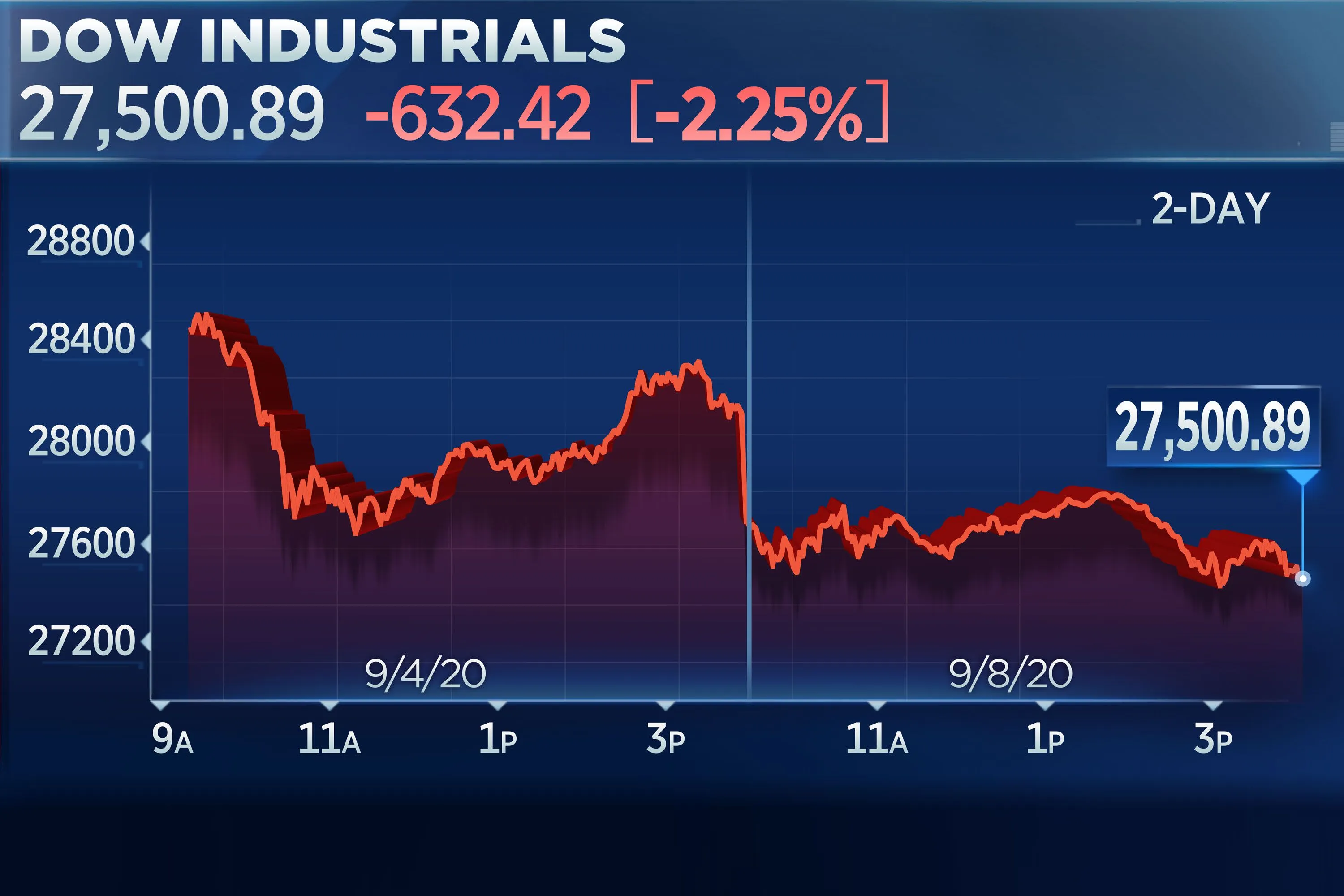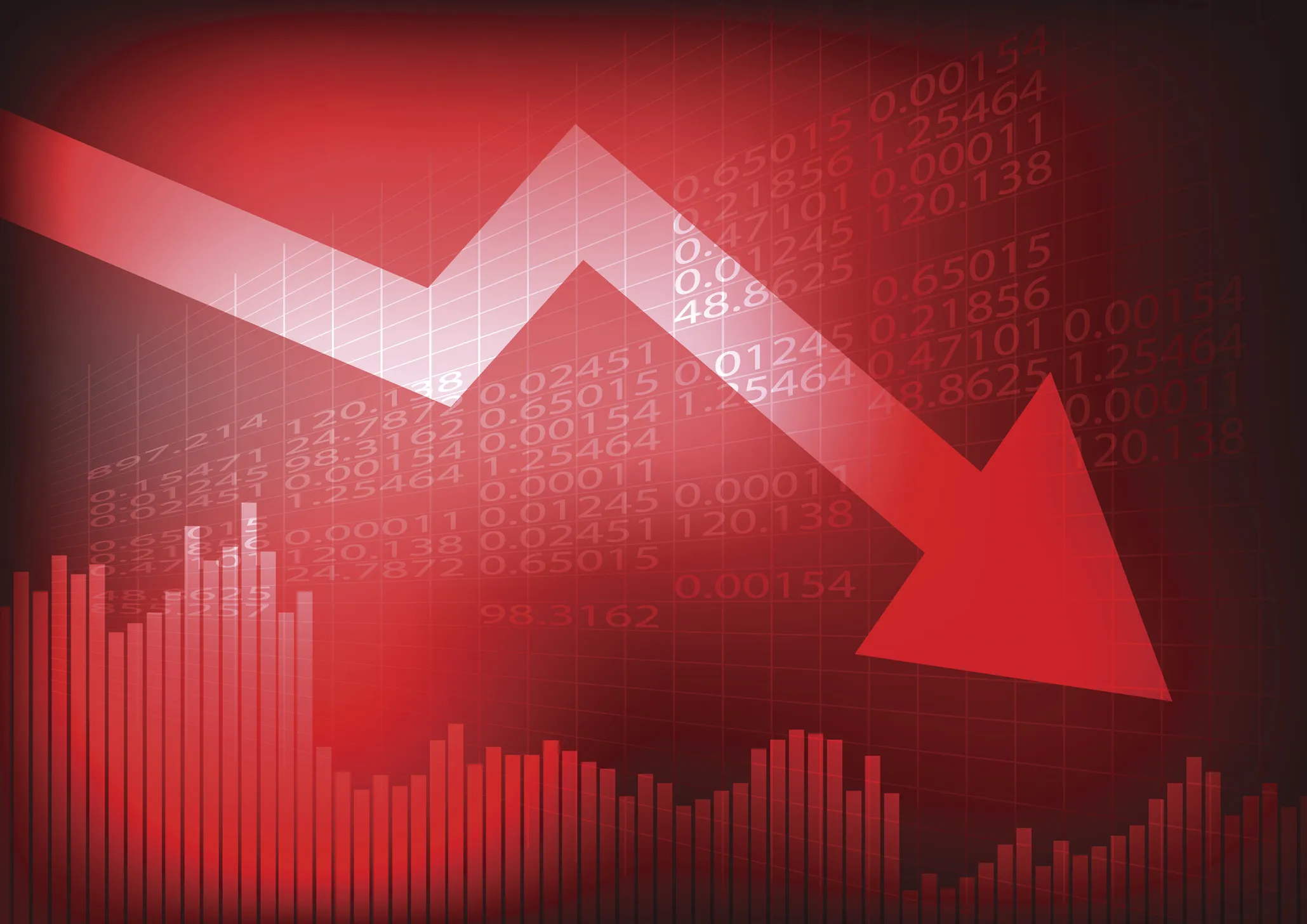Fiverr International Ltd. has been a popular platform for freelancers and businesses alike, offering diverse services at competitive prices. However, recently, investors have been questioning the company’s stock performance. In this post, we'll explore the reasons behind the fluctuations in Fiverr's stock price and what it may mean for the future. Sit tight as we delve into the trends and events that have impacted Fiverr’s market standing today!
Overview of Fiverr's Recent Stock Performance

Fiverr's stock has experienced significant ups and downs over the past few months. To give you a clearer picture, let’s break it down:
- Initial Surge: After its IPO in June 2019, Fiverr's stock saw a massive surge, hitting an all-time high of around $339 in February 2021. The increase was largely due to the rising demand for freelance services, particularly amid the COVID-19 pandemic.
- Volatility: Since reaching its peak, Fiverr's stock has been quite volatile. Frequent fluctuations have mirrored broader market trends and investor sentiment towards tech startups, particularly in the gig economy.
- Recent Decline: Most recently, Fiverr has seen a decline, with the stock dropping close to 20% over a few weeks. This sharp downturn has puzzled many investors and analysts.
To provide further clarity, here’s a table showcasing Fiverr's stock performance over the last quarter:
| Date | Stock Price ($) |
|---|---|
| July 1, 2023 | 26.40 |
| August 1, 2023 | 30.50 |
| September 1, 2023 | 24.80 |
| October 1, 2023 | 22.00 |
Investors are wondering if this downturn is a temporary setback or an indication of larger issues at play within Fiverr and the freelance market as a whole. Stay tuned as we discuss the factors influencing this decline in the upcoming sections!
Also Read This: How to Edit My Fiverr Profile
Factors Contributing to Today's Decline

Today, Fiverr's stock has taken a noticeable dip, and there are several reasons contributing to this decline. Let’s explore them in a straightforward way—no jargon, just the facts!
- Economic Uncertainty: The global economy is currently facing a lot of challenges. Inflation rates are rising, and interest rates are increasingly volatile. In times of economic struggle, investors often pull back from stocks, especially those in the tech sector like Fiverr.
- Competition: The freelance marketplace is becoming increasingly crowded. More companies are entering the space, which can dilute Fiverr's market share. If investors see strong contenders emerging, they may worry about Fiverr’s future growth.
- Earnings Report Concerns: If there were any whispers of disappointing earnings forecasts, they could lead to a drop in stock prices. Investors tend to sell off shares if they believe the company won't meet its financial targets.
- Market Trends: The current market trends often sway stock prices. If the broader market is down, it can have a domino effect on individual stocks like Fiverr. In other words, if investors are nervous, it's likely that they’ll sell off stocks in all areas—not just bad performers.
- Negative News or Reviews: Sometimes, media coverage can influence stock prices greatly. Negative news, be it a review about customer dissatisfaction or issues with the platform, can impact how investors view the stock.
Also Read This: How Long Does Fiverr Take to Review Your Gig?
Market Reactions and Investor Sentiment

The dip in Fiverr's stock has certainly sparked a range of reactions from the market and investors alike. Understanding these sentiments can shed light on why the stock is moving the way it is.
| Investor Sentiment | Market Reaction |
|---|---|
| Concerns over Growth Potential | Sell-offs observed as investors speculate on potential drops in revenue. |
| Pessimism due to Earnings Reports | A steep decline as pre-emptive selling takes place based on expected poor performance. |
| Increased Volatility | Heightened trading activities, with more investors possibly day trading based on the dips. |
| Watchful Waiting | Some investors may choose to hold their stocks, looking for potential recovery before making moves. |
| Positive Long-Term Outlook | Counterbalancing reactions as some investors see the current dip as an opportunity to buy more shares at a lower price. |
In summary, while today's decline in Fiverr’s stock is certainly disconcerting, it reflects broader economic issues and market reactions. Keeping a close eye on these factors can help investors navigate the fluctuating landscape of stock prices more effectively.
Also Read This: How to Get Approved for Fiverr Pro
5. Comparative Analysis with Industry Peers

When we talk about Fiverr and its stock performance, it's essential to check in on how it stacks up against its competitors. Fiverr operates in a crowded marketplace of freelance platforms, including well-known names like Upwork, Freelancer, and even new entrants like Toptal and PeoplePerHour. By looking at certain metrics, we can understand why Fiverr's stock might be dipping compared to its peers.
Here’s a quick comparison based on some critical factors:
| Company | Market Capitalization | Q3 Revenue Growth | P/E Ratio | Stock Movement (YTD) |
|---|---|---|---|---|
| Fiverr | $500 million | 10% | 20 | -15% |
| Upwork | $1 billion | 15% | 25 | 5% |
| Freelancer | $300 million | -5% | N/A | -10% |
As you can see, Fiverr's revenue growth is trailing behind that of Upwork, which might contribute to investor concerns. Additionally, while Fiverr’s P/E ratio appears reasonable, it’s still higher than Upwork’s, indicating it could be viewed as overvalued in a market where growth is not rapidly accelerating.
In the world of freelancing, perception is everything. If investors see better growth potential in rival platforms, Fiverr's stock may experience continued pressure, especially if it doesn’t pivot quickly. A strong performance in comparison to peers will be essential for boosting investor confidence moving forward.
Also Read This: How Much Freelance Consultants Can Earn
6. Future Outlook for Fiverr
Looking ahead, many are curious about what’s next for Fiverr. With the gig economy growing exponentially, the potential for Fiverr to rebound exists, but it heavily relies on strategic decisions the company makes in the coming months. Here are a few key factors that could shape its future:
- Product Diversification: Fiverr has begun expanding its services beyond basic freelancing. By introducing more customizable packages and high-skill categories, it can attract a premium client base.
- Global Expansion: Fiverr has the opportunity to tap into emerging markets. Countries with a booming digital landscape like India and Brazil could serve as new revenue streams.
- Technological Integration: Implementing advanced technologies such as AI and machine learning could enhance user experience. Personalized recommendations can lead to higher engagement and retention rates.
- Enhanced Marketing Efforts: Fiverr needs to focus on brand visibility and engagement. Strategic marketing campaigns could help to educate users about additional features and benefits.
However, it’s not all sunshine and rainbows. Concerns about increasing competition, potential economic downturns, and fluctuating demand for freelance services could pose challenges. Analysts predict mixed sentiments about the stock in the near future, urging potential investors to watch closely how Fiverr adapts to market trends.
Ultimately, while Fiverr does face some hurdles, there remains a significant opportunity for growth. Will the company capitalize on these prospects? That’s what stakeholders and avid users will be keen to watch in the coming months.
Why Fiverr Stock Is Down Today
Fiverr, a popular online marketplace for freelancers, has faced significant fluctuations in its stock price recently. Several factors contribute to why Fiverr's stock is down today, and understanding these elements is crucial for investors and users alike.
Below are some reasons that may have influenced the decline in Fiverr's stock price:
- Market Sentiment: The overall market condition plays a vital role in stock performance. A bearish sentiment in the broader market can impact individual stocks, including Fiverr.
- Earnings Reports: If Fiverr's latest earnings report fell short of analysts' expectations, it can lead to a drop in stock price. For example, lower revenue or profits could signal challenges in growth.
- Increased Competition: The freelancing market is becoming crowded, with competitors like Upwork, Freelancer, and even traditional agencies offering similar services. This competition can lead to reduced market share and pricing pressure.
- Changes in User Behavior: If there’s a decrease in the number of users or projects posted on the platform, it could directly affect Fiverr’s revenue, leading to a decline in stock value.
- Regulatory Concerns: Any new regulations affecting gig economy companies can create uncertainty and negatively impact stock prices.
- Global Economic Factors: Economic downturns, inflation rates, and changes in consumer spending habits can have a ripple effect on companies like Fiverr.
It's essential for investors to keep a close eye on these factors and analyze the implications they might have on Fiverr's future performance.
Conclusion: The decline in Fiverr's stock price today can be attributed to a combination of market sentiment, disappointing earnings, increased competition, and broader economic factors, making it vital for stakeholders to stay informed on these issues.



